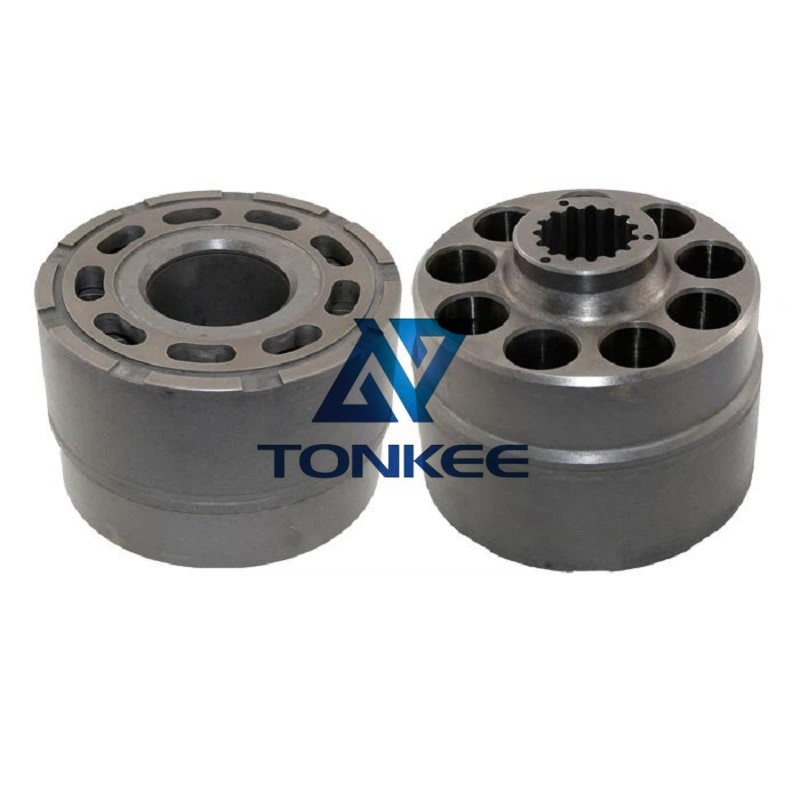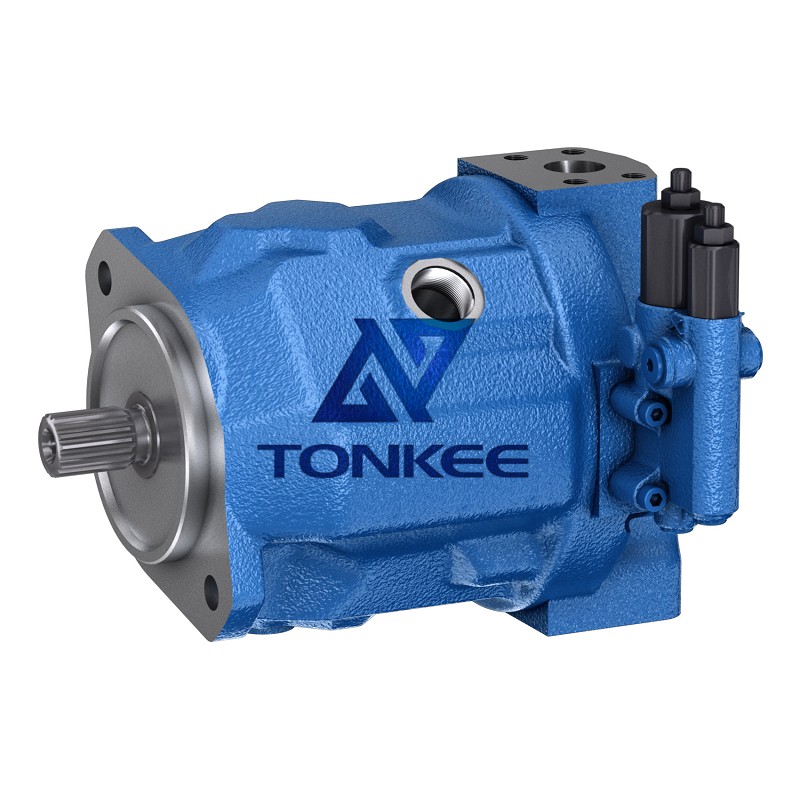
Housing: The housing of the Parker PV Series pumps is made of high-strength cast iron or aluminum alloy, depending on the model.
The housing provides structural integrity and protects the internal components from external damage.
Pistons: The axial piston design is a unique feature of the PV Series pumps. These pumps have several pistons arranged in a circular pattern within a cylinder block. The pistons are precisely machined and coated for optimal performance and durability.
Cylinder Block: The cylinder block houses the pistons and is responsible for converting the rotational motion of the input shaft into linear motion of the pistons. It is made of high-quality alloy steel or cast iron to withstand high pressures and loads.
Valve Plate: The valve plate is located between the cylinder block and the housing. It contains a series of valves that control the flow of hydraulic fluid into and out of the pumping chambers. The valve plate is typically made of hardened steel to ensure proper sealing and reduce wear.
Shaft: The input shaft connects the pump to a power source such as an electric motor or an engine. It transmits the rotational motion to the cylinder block, enabling the pumping action. The shaft is precision-machined and heat-treated to withstand high torque and minimize deflection.
Bearings: The PV Series pumps incorporate high-quality bearings to support the rotating components and reduce friction. These bearings are typically made of hardened steel or composite materials for long-lasting performance.
Seals: Sealing components are crucial for maintaining the integrity of the hydraulic system. The PV Series pumps utilize various types of seals, including piston seals, shaft seals, and O-rings, to prevent leakage and ensure efficient operation.
Control Options: The PV Series pumps offer different control options to meet various application requirements. These options include pressure compensators, load-sensing controls, and electrohydraulic controls, allowing for precise control of the pump output.
Displacement Range: The PV Series pumps are available in a wide range of displacements, ranging from 16 cc/rev to 360 cc/rev.
This versatility allows for the selection of a pump that best suits the specific flow and pressure requirements of the hydraulic system.
Pressure Rating: The PV Series pumps are designed to handle high-pressure applications. They have a maximum pressure rating that varies depending on the model and displacement, typically ranging from 280 bar (4,060 psi) to 400 bar (5,800 psi).
Efficiency: The PV Series pumps are known for their high efficiency, which translates into reduced energy consumption and improved overall system performance. The pumps are designed to minimize internal leakage and optimize hydraulic fluid flow, maximizing their efficiency.
Serviceability: Parker PV Series pumps are designed with serviceability in mind. They feature modular construction, which simplifies maintenance and reduces downtime. The pumps are equipped with easily replaceable wear parts, allowing for quick repairs and minimizing the need for extensive disassembly.





 English
English português
português Русский язык
Русский язык










